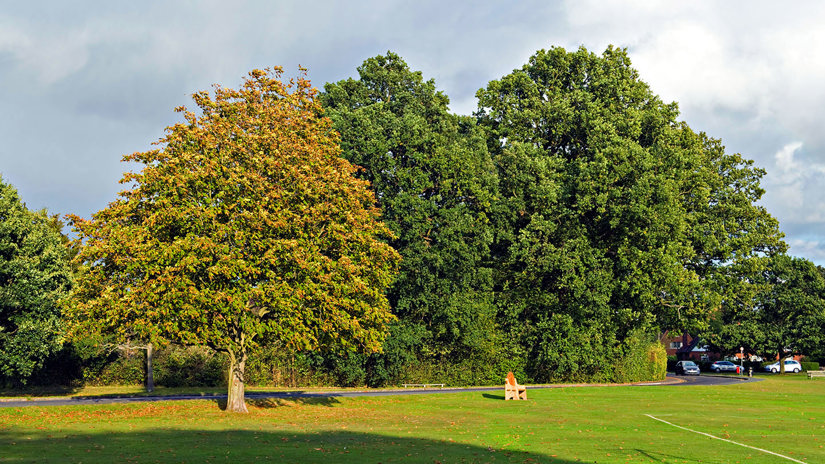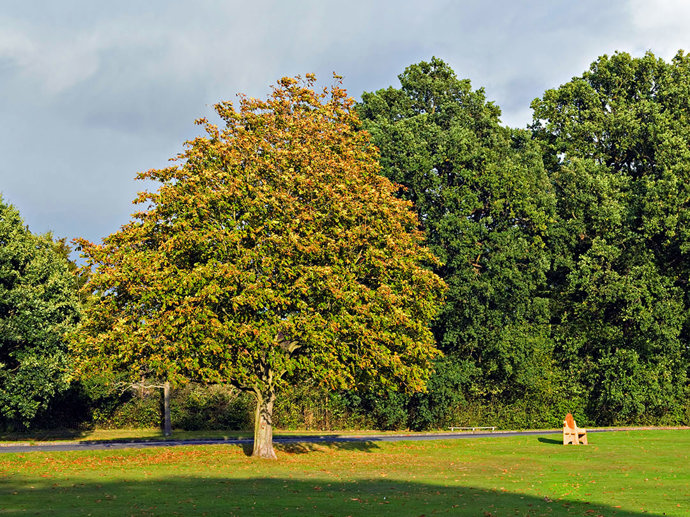Common name: oriental chestnut gall wasp, sweet chestnut gall wasp
Scientific name: Dryocosmus kuriphilus
What does it affect?: sweet chestnut
Areas affected so far: London and southeast England
Origin: China
This newly introduced pest is the only organism to produce galls on sweet chestnuts. If numbers grow, it could have a serious impact on our historic trees.
Common name: oriental chestnut gall wasp, sweet chestnut gall wasp
Scientific name: Dryocosmus kuriphilus
What does it affect?: sweet chestnut
Areas affected so far: London and southeast England
Origin: China
The oriental chestnut gall wasp is the only organism known to form galls on sweet chestnut trees, so the presence of galls is the most reliable sign of an infestation.
Symptoms include:
The oriental chestnut gall wasp is a small species of wasp with larvae that cause abnormal growths, known as galls, to form on the buds, leaves and leaf stalks of the sweet chestnut tree.
Since the first discovery of the oriental chestnut gall wasp in 2015, it has been found at a number of other sites, most of them around London and south-east England.

Credit: iStock.com / Cristian Storto Fotografia
These wasps spread through flight; they likely got to the UK through plant imports and spread locally.
On its own, the wasp is a low-impact pest. However, in high numbers the galls can weaken the host tree and make them more vulnerable to the other pests and diseases, particularly sweet chestnut blight.
To combat the spread and introduction of pests and diseases like the oriental chestnut gall wasp we have:


We are fighting back against pests and diseases. Find out what we're doing to prevent the spread and protect the UK’s trees.
More pests and diseases: